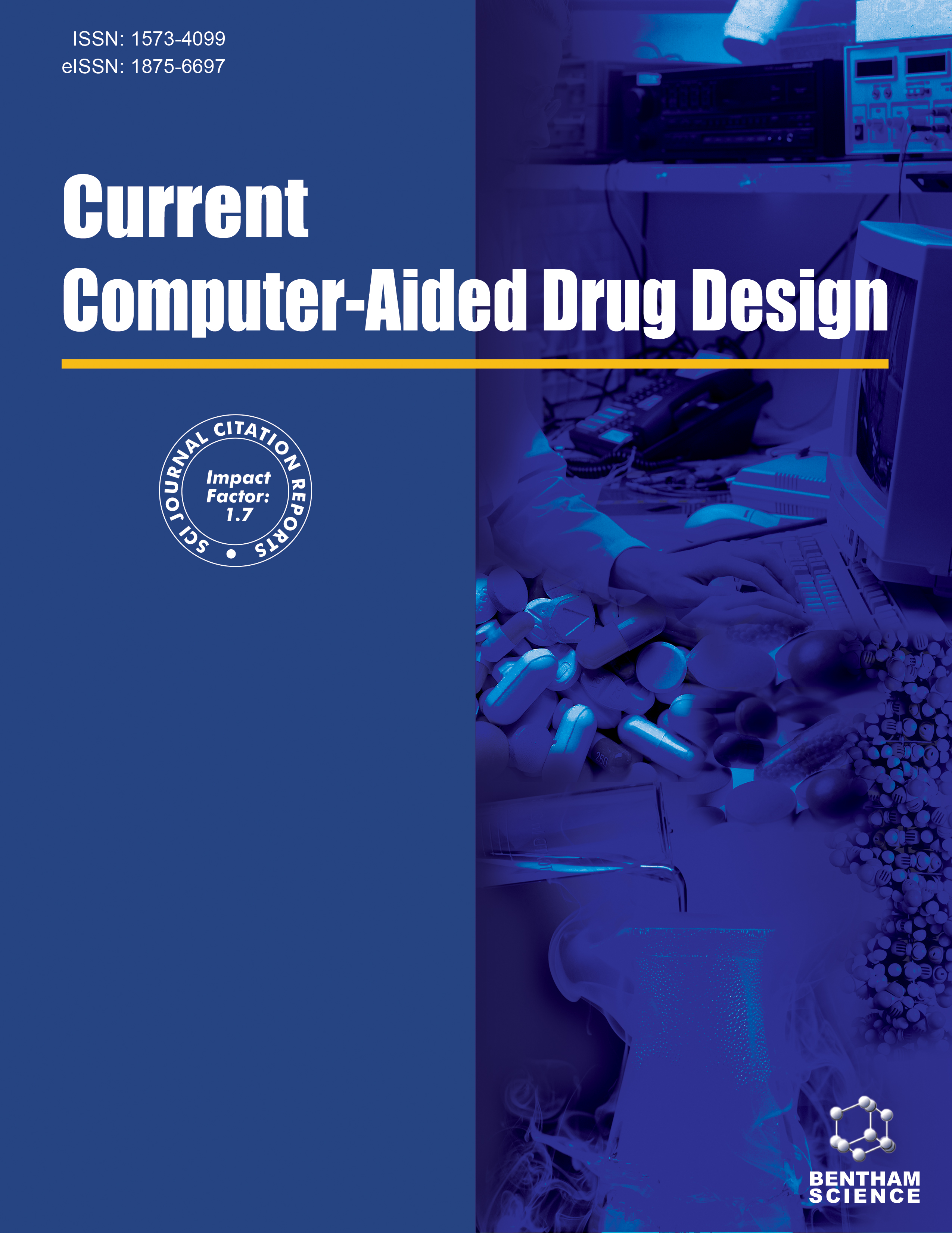
Full text loading...
The development of polymeric-based drug delivery has seen faster growth in the past two decades. In polymers, copolymers are utilized as drug carriers to decrease the side effects and dosage-related toxicity.
The primary objective of the study is to utilize computational resources to design drug molecules and perform in silico physicochemical property analysis. In our study, we designed new copolymers based on N-(2-Hydroxypropyl) methacrylamide as backbone along with polyethylene glycol and lauryl methacrylate.
Different functional groups were selected for attaching to the side chain of the copolymers through a random trial and error approach. In order to predict the pharmacokinetic properties (absorption, distribution, metabolism, excretion, and toxicity), the designed copolymer molecules were evaluated utilizing Swiss ADME and pkCSM pharmacokinetics servers. Molecular interaction between the designed copolymer molecules and human serum albumin was performed using AutoDock Vina and PatchDock server.
The designed molecules are shown to be soluble in water and have high gastrointestinal absorption. Only one molecule is predicted to pass through the blood-brain barrier. Two designed molecules have been shown to have carcinogenic properties. Lethal dose 50, cytochrome P450, and permeability glycoprotein substrate formation were also analyzed for toxicity and metabolism.
Our study will provide insight for designing new drug compounds or carriers
and analyzing their physicochemical properties to further optimize compounds for clinical studies.

Article metrics loading...

Full text loading...
References


Data & Media loading...

